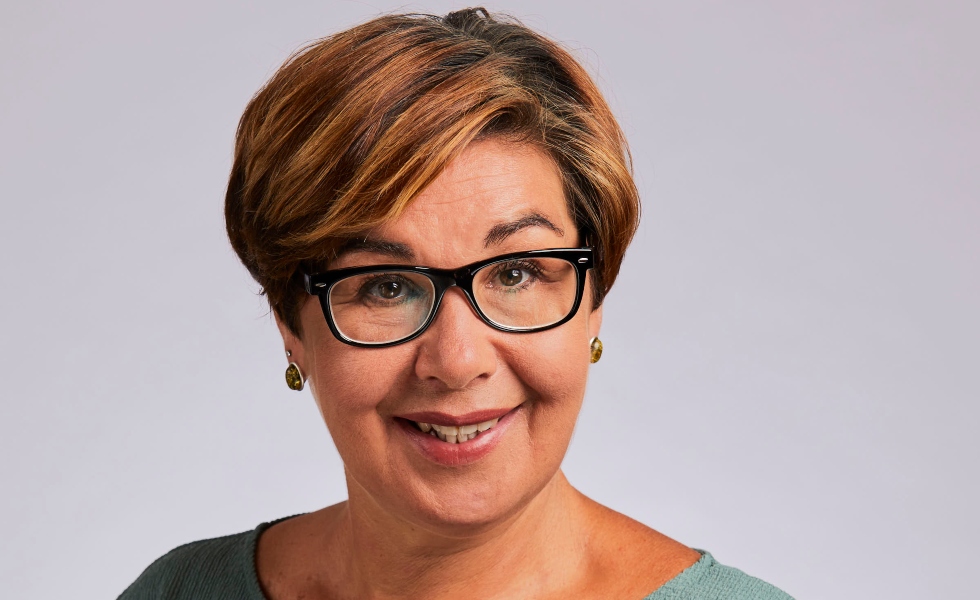Svetlana Borovkova: What keeps CROs awake at night in 2022?

By Svetlana Borovkova, Head of Quant Modelling at Probability & Partners
This column is the first one in the year 2022, and, first of all, I would like to wish all readers a happy and healthy New Year! Today I will look forward to the main risk management themes in 2022. In other words, I will try to guess: what will keep CROs awake at night?
From our risk consulting work at our organisation and conversations with our clients and risk management professionals, we see the three main themes emerging in the risk agenda. These three themes are: climate risk, credit risk (especially post-COVID-19 developments in credit risk) and model risk.
Climate risk has two main pillars: the so-called transitional and physical risks. Transitional risk refers to risks (as well as opportunities) of transitioning to cleaner, more environmentally friendly technologies and ways of operating.
Physical risk, on the other hand, refers to risk to physical assets as the result of extreme weather events and other consequences of climate change. While the former has both the upside and downside, the latter has only the downside.
How to deal with climate risk
There are many regulatory efforts and institutional concerns about climate risk at the moment. However, from my dealings with high-level risk professionals it became clear to me that so far, nobody has any practical ideas of how to deal with this kind of risk.
There is a lot of lip service devoted to climate risk, on risk professionals’ meetings such as the recent RiskMinds 2021 conference – the largest gathering of CROs and other risk professionals, but unfortunately not much substance. What is clearly lacking is a developed and integral approach, which starts with realistic scenarios, provided by expert bodies such as IPCC, and continues to the macroeconomic consequences with regard to both transitional and physical risks.
From these macro consequences, banks could deduce some broad consequences for their credit portfolios, their financing and growth opportunities and other wide-ranging consequences. It is hard – but not impossible – to provide well-thought and quantifiable costs of various types of transitions to greener economy, especially on a macro level.
Such a coherent climate risk narrative and the logical chain of consequences arising from it, is what is desperately needed right now. Especially promising, at this stage, would be the approach of not descending into micro-consequences of climate risk – which are impossible to envisage and quantify – but focus instead on a bigger picture.
Post-pandemic developments in credit and banks’ resilience
Another pressing issue on the risk agenda are the post-pandemic developments in credit, and more generally, to banks’ resilience in the post-pandemic world. We see that, on this issue, risk professionals are aligned in their opinion: the consensus is that a wave of defaults is about to hit (as soon as government support to businesses is stopped), and the question is when this will happen and how big this wave will be, and not whether it will happen.
The situation is different for online banks, whose clients adapted quite well during the pandemic (e.g., providing e-commerce – related services such as takeaway meals or online shopping). Clearly, loan portfolios of such tech-based banks are different from that of a typical bank, as their clients are more internet-savvy and hence were better prepared to be flexible during lockdowns and restrictions.
But CROs of more traditional banks seem to agree that there will be a waterfall of defaults soon. However, banks seem surprisingly calm about this - presumably because capitalization of banks improved so dramatically before the coronavirus pandemic, that now banks feel they can deal with this upcoming wave of defaults without too much trouble.
However, this attitude, to me, seems like a false sense of security, as the second-order effects of this default wave (such as bankrupt business owners defaulting also on their mortgages) are not yet discussed.
Performance of financial models
Finally, the model risk – and especially the issue of how financial models have performed during the COVID pandemic – is another pressing issue. The trend here is developing a comprehensive system for bank-wide ongoing model monitoring (for all models that exist within a bank).
This should be the first priority for banks, as the majority of them struggle with their model inventory and with keeping track of their model performance in real time. COVID pandemic has shown that banks should not completely rely on their models and should ‘ween’ themselves from dependence on them, as many of these models have derailed significantly in the past two years.
For financial institutions other than banks, the most pressing risk issues will be similar (if not the same) in 2022. Climate risk can significantly affect investments, insurance policies, real estate and infrastructure. Post-COVID-19 economy and risks associated with it are also universal concerns in finance industry. Finally, any model or investment strategy developed and tested pre-pandemic should be significantly re-evaluated in terms of its resilience in the post-pandemic world.
So it seems that finance and risk professionals will have a very busy year in 2022! Happy New Year everyone!
Probability & Partners is a Risk Advisory Firm offering integrated risk management and quantitative modelling solutions to the financial sector and data-driven enterprises.







